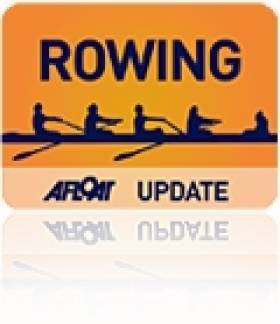Displaying items by tag: Emma Twigg
Puspure Fourth in Lucerne Rowing Semi-Final
#ROWING: Sanita Puspure missed out on an A Final place at the World Cup regatta in Lucerne today. Puspure needed to make the top three in her semi-final, but in a race dominated by Emma Twigg of New Zealand, Puspure could only finish fourth. Olympic champion Mirka Knapkova of the Czech Republic took second, and British sculler Victoria Thornley a clear third. Thornley was in the British women’s double at the last World Cup regatta, in Aiguebelette.
World Cup Regatta, Lucerne, Day Two (Selected Results; Irish interest)
Pair – Repechage: Ireland (L Kennedy, L Dilleen) withdrew.
Single Sculls – Semi-Final Two (First Three to A Final; rest to B Final): 1 New Zealand (E Twigg) 7:30.370, 2 Czech Republic (M Knapkova) 7:32.65, 3 Britain (V Thornley) 7:33.21; 4 Ireland (S Puspure) 7:34.910, 5 Italy 7:43.61, 6 Russia 7:43.76.





























































